Author: Victoria Jeschke Patton
I know many students feel like they’re a broke college kid with student loans, but getting an education doesn’t have to be so dismal. I want to tell you that it is still possible to earn and save even when you’re in college! With the towering costs of higher education, colleges know that every penny counts, and UMass has great work study opportunities to help offset the costs. Below is my personal advice on how you can feel less burdened and find the resources you need.
Campus Jobs
The UMass Student Employment Office (SEC) has a wonderful website (https://www.umass.edu/umfa/seo) that can tell you nearly all you need to know. If you are eligible for work study (check your financial aid package on Spire) there are many options, and the most common ones include working in dining halls, cafes and the W.E.B DuBois library. I’ve personally asked a couple students about their jobs to get the info students actually want: pay. One student works at the library and makes $11/hour, the minimum wage in Massachusetts currently. Another student works in dorm security and and makes $11/hour as well. Most campus jobs will pay minimum, though there are exceptions. I know someone who works at the student union for off campus housing who makes $12/hour!
Fortunately UMass is right next to the Amherst town center, where many small businesses are located. If you can, personalize with the owners or managers to make a connection or ask for advice about where to look (something they’ve no doubt been asked before). The Hadley mall has bigger businesses and retail, though it is farther down route 9 and requires transportation if you have a car or are willing to take the bus.
Saving
Necessities such as food, transportation, and bills/high interest items come first no matter what. If you are receiving regular paychecks, cut a percentage of it and place into a savings account (for many banks, opening a savings account is easy and may require a minimum balance to maintain, an extra incentive for you!). Typically 20% of your paycheck is recommended, though many students can’t work enough hours to save 20% and pay necessities, so start with 5-10% depending on your situation. Small amounts like that will take time to accumulate, but the goal is not how much you save, but building the habit and having financial breathing room and confidence. It will be rewarding in the end!
If you have the option to sign up for direct deposit, do it! Personally I am a check/cash person, but app services such as Venmo or Zelle are easy for busy women like you. If you like to save in cash like me, there are Bank of America ATMs located throughout campus, and if you feel safe enough, take a $10 bill or so out of each paycheck and put it away. Otherwise, deposit your money into a savings account that will accrue interest annually as an incentive, and watch your green grow slowly but surely.
Bottom Line
Regardless of your situation, there are so many resources at UMass to choose from! There are so many faculty who want to help you during this stressful time and our school cares about its students and understands the balance of education and finances. The link I pasted above is very easy to access and has plenty of information and a FAQ section you might find helpful. You are in charge of your money and your time. They are powerful tools, so use them wisely and build your financial confidence!
